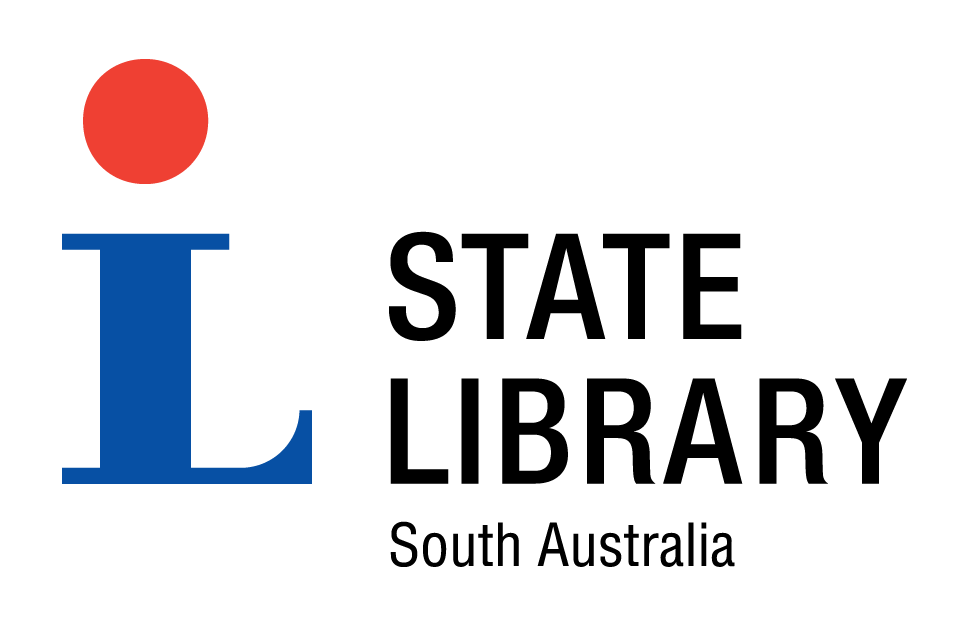
Hindmarsh Island is named |
|||
|---|---|---|---|
| Title : | Hindmarsh Island is named |

|
|
| Creator : | James, T. Horton (Thomas Horton) | ||
| Source : | Six months in South Australia ..., p. 283 | ||
| Place Of Creation : | London | ||
| Publisher : | J. Cross | ||
| Date of creation : | 1838 | ||
| Format : | Book | ||
| Contributor : | State Library catalogue | ||
| Catalogue record | |||
| The State Library of South Australia is keen to find out more about SA Memory items. We encourage you to contact the Library if you have additional information about any of these items. | |||
| Copyright : | Reproduction rights are owned by State Library of South Australia. This image may be printed or saved for research or study. Use for any other purpose requires permission from the State Library of South Australia. To request approval, complete the Permission to publish form. |
| Description : |
In November 1837 Young Bingham Hutchinson and T Bewes Strangways decided to explore the lower reaches of the River Murray and try to negotiate the mouth of the river. They discovered Currency Creek. After rowing about another four miles, Strangways and Hutchinson decided to rest on a small island. Across from their resting place was a rocky shore. The whalemen with them informed them that the land immediately to the west was an island, which was named Hindmarsh Island in honour of the Governor. After lunch they rowed across to the opposite shore and reached a strait, about six miles wide that opened into Lake Alexandrina. They landed and discovered they were on a narrow peninsula which they named for Charles Sturt. They also named Point McLeay on the opposite side of the strait. Charles Sturt had navigated the River Murray in 1829-30, and had reached Lake Alexandrina on 9 February 1830. George McLeay was the second in command on this expedition. Strangways and Hutchinson erected a pole at Point Sturt with the date 6 December 1837. Hindmarsh Island was later to be the subject of much upheaval and unrest for the descendants of its original inhabitants, the Ngarrindjeri people, especially in relation to the notion of secret/sacred material and 'womens' business'. The most contentious issue related to Aboriginal rights in South Australia during the 1990s was the debate that occurred in relation to the construction of a bridge from Goolwa to Kumarangk [Hindmarsh Island]. The issue arose in the context of the development of a marina and bridge being approved for the Island in 1990. Although construction of the bridge began in October 1993 it was soon halted in response to protests. In early 1994 objection to the bridge construction suggested the site for the bridge was sacred and related to sacred women's business for the local Ngarrindjeri women. Protests, legal action and emergency declarations under the Aboriginal and Torres Strait Islander Heritage Protection Act of 1984, led to the first report, the Saunder's Report, finding that Ngarrindjeri women considered the area crucial for the Ngarrindjeri people. On 8 July 1994 Minister Tickner issued a declaration protecting the proposed site for 25 years. This declaration was overturned in the Federal Court on appeal. |
| Subjects | |
| Related names : | Hutchinson, Young Bingham, 1806?-1870 Strangways, Thomas Bewes, d. 1859 Hindmarsh, John, 1820-1903 Sturt, Charles, 1795-1869 Macleay, George, 1809-1891 Narrinyeri (Australian people) |
| Coverage year : | 1837 |
| Period : | 1836-1851 |
| Place : | South Australia |
| Region : | Fleurieu Peninsula |
| Further reading : | Williams, Gwenneth South Australian exploration to 1856 Adelaide: Board of Governors of the Public Library, Museum, and Art Gallery of South Australia, 1919 Sturt, Charles, Two expeditions into the interior of southern Australia, during the years 1828, 1829, 1830, and 1831 ... North Adelaide: Corkwood Press, 1999 Jennings, Helen Young Bingham Hutchinson (1806-70) and the foundation of South Australia Adelaide: Pioneers' Association of South Australia, 1991 Personal papers of Young Bingham Hutchinson, State Library of South Asutralia Archival Collection, PRG 1013 Chris Kenny, Women's business (It Would Be Nice If There Was Some Women's Business: The Story Behind the Hindmarsh Island Affair) (Duffy and Snellgrove, Potts Point, 1996), p 103. Iris E. Stevens, Report of the Hindmarsh Island Royal Commission, State Print, Adelaide, 1995, p 3. Dulcie Wilson, "Telling the Truth", IPA Review, 49, 1 (1996), p 39. |
| Internet links : | University of Adelaide Online Books: Two expeditions into the interior of southern Australia during the years 1828,1829,1830,1831 with observations on the soil, climate and general resources of the Colony of New South Wales by Charles Sturt. Ngarrindjeri Wikipedia Downstream: the River Murray in South Australia: European discovery: Charles Sturt The Hindmarsh Island debate: reflecting on the key issues (by Chris Kenny c/o The Bennelong Society website) Promiscuous Sacred Sites: Reflections on Secrecy and Scepticism in the Hindmarsh Island Affair (by K. Gelder and J.M. Jacobs: Australian humanities review) SA Memory, The Radical Dream, Aboriginal Rights: Search for Hindmarsh Island [Kumarangk] Bridge |
| Exhibitions and events : |


